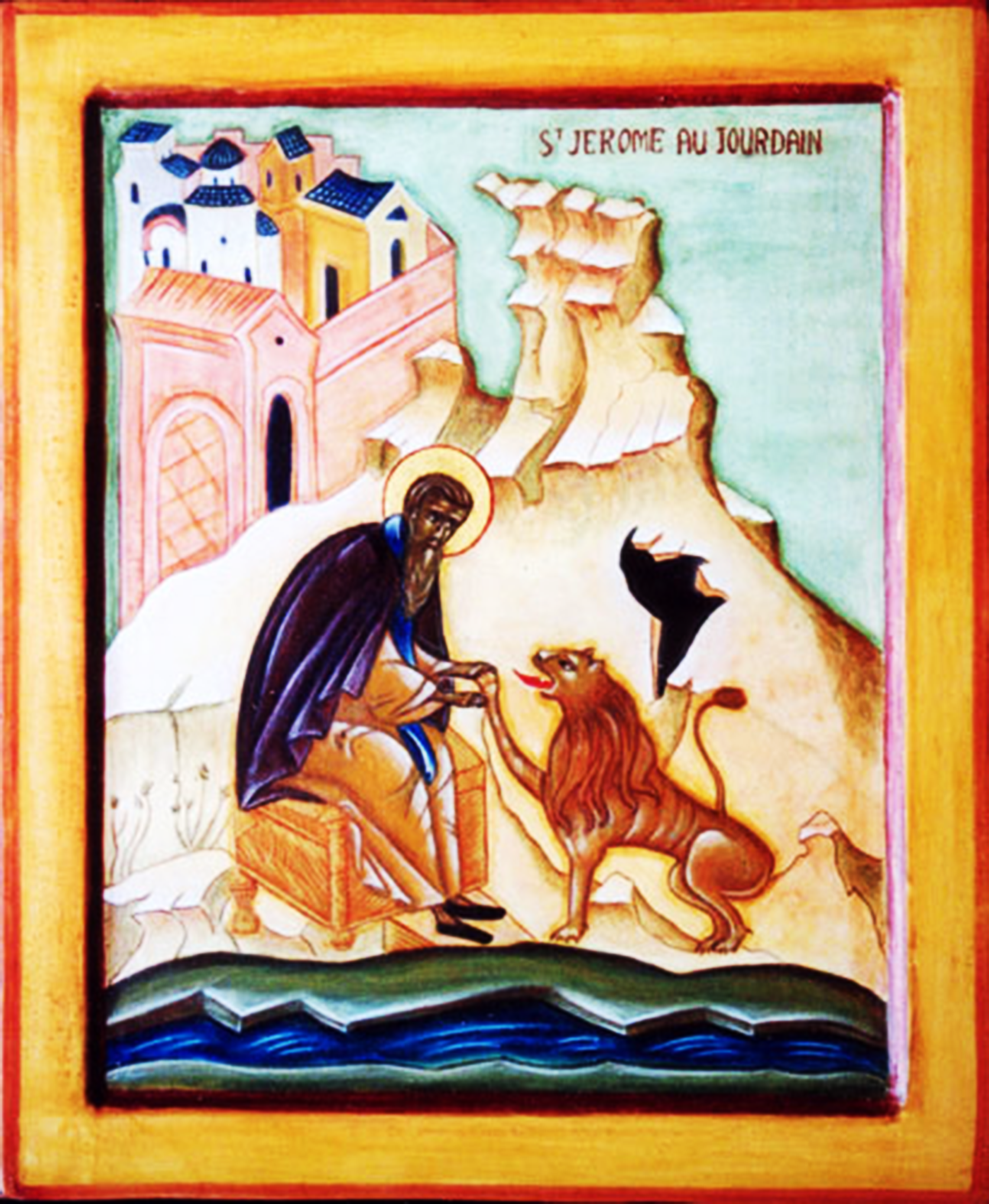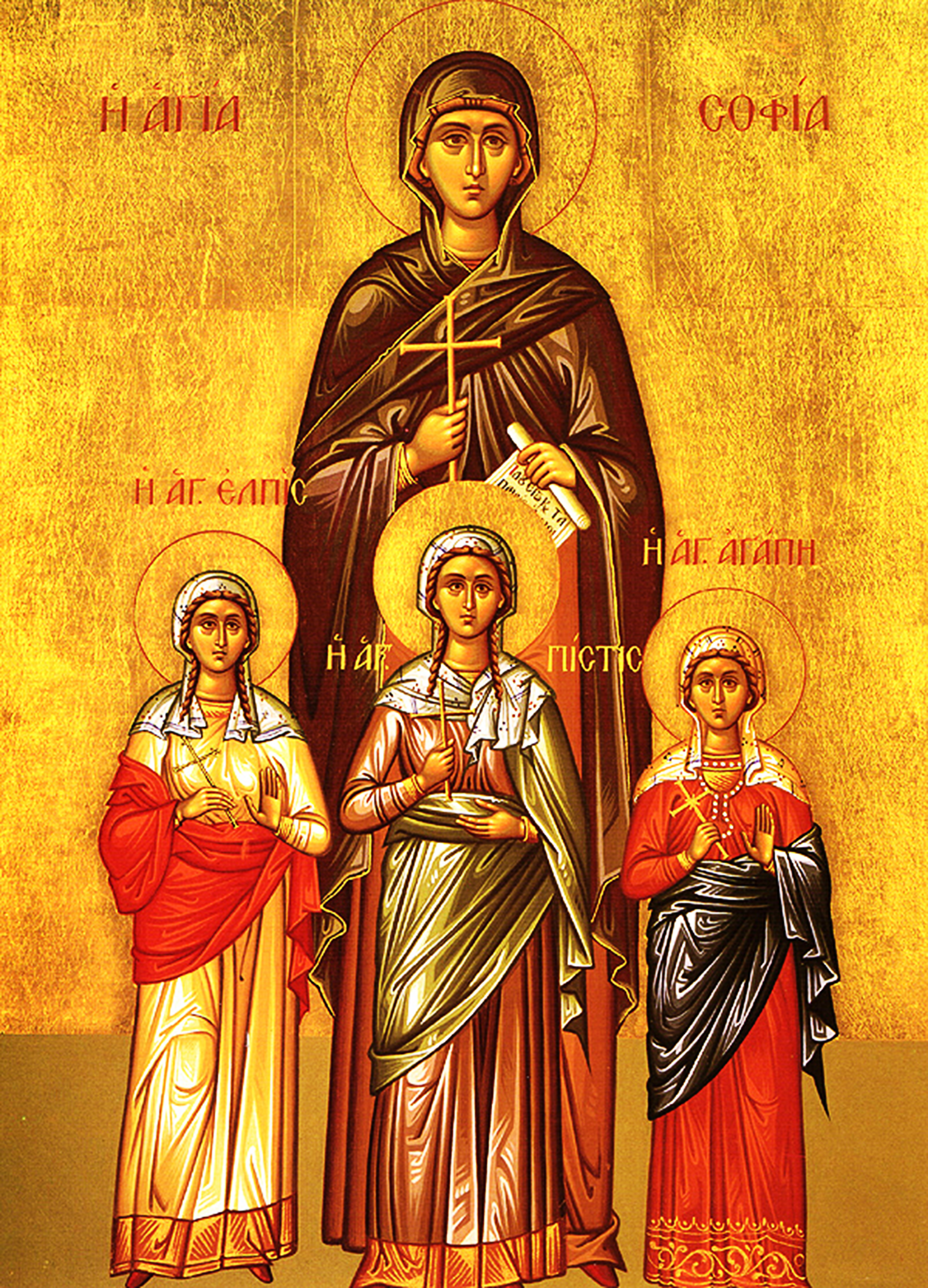Orthodox Saints of the Pre-Schism See of Rome

30th September
ANTONINUS of PIACENZA, (Third Century), a soldier martyred near Piacenza in Emilia-Romagna in present-day Italy. There are sources which claim he was a soldier of the Theban Legion (22nd September), though this theory doesn’t show up until several centuries after his martyrdom, nor is it mentioned in Martyrologium Hieronymianum, or any other contemporary Lives. St. Antoninus is the patron saint of Piacenza, and namesake of the Basilica of Sant'Antonino in Piacenza. A phial of blood said to be his, has been known to miraculously liquefy like that of St. Januarius of Naples (19th September). St. Antoninus has been sometimes confused with the sixth century pilgrim to the Holy Land and author of an Itinerarium (on that journey known as Antoninus of Piacenza, or the Anonymous Pilgrim of Piacenza.
ENGHENEDL of ANGLESEY, (Seventh Century), a church in Anglesey (Ynys Môn), Wales is dedicated to this native Welsh saint. There is no further information on him extant.
HONORIUS of CANTERBURY, St. Honorius was a monk at the monastery of St. Gregory the Dialogist (3rd September) in his native Rome when he was selected to be a member of St. Augustine of Canterbury’s (27th May) mission to the Anglo-Saxons. St. Honorius succeeded St. Justus of Canterbury (10th November) as the fifth Archbishop of Canterbury. As Archbishop, he consecrated St. Ithamar of Rochester (10th June), the first native English bishop, for the See of Rochester. St. Honorius reposed in 653, the last of the Gregorian missionaries. He was buried in the west porch of the monastery of SS. Peter and Paul (later St Augustine's) in Canterbury. His relics were translated in 1091 to a new tomb, and at about this time a Life was written by Benedictine hagiographer Goscelin [of Canterbury] († after 1107).
JEROME, Eusebius Hieronymus Sophronius was born at Stridon in Dalmatia (Croatia). After studying in Rome, he travelled in Italy and Gaul (France) and lived for about five years in the Holy Land as a hermit. St. Jerome returned to Rome where he was ordained to the priesthood and served as an assistant to Pope St. Damasus (11th December). Following the repose of St. Damasus, St. Jerome returned to the Holy Land, settling in Bethlehem, where he founded several monasteries which were headed by St. Paula of Rome (26 January) and then her daughter St. Eustochium (28 September). He spent the rest of his life in Bethlehem working on the Vulgate Bible and writing commentaries on the Holy Scriptures. St. Jerome reposed in 420.
LAURUS (LERY), (Seventh Century), one of the Breton saints who more or less Christianised Brittany. St. Laurus also founded a monastery in the area that is now known as Saint-Léry.
LEOPARDUS the SLAVE, a slave-servant in the household of the Emperor Julian the Apostate (r. 361–363). It is believed St. Leopardus was martyred in 362 at Rome.
MIDAN (NIDAN) of ANGLESEY, although no reliable information on St. Midan survives, it is believed he lived in Anglesey (Ynys Môn) in Wales and reposed in the early part of the seventh century.
SOPHIA, mother of the virgin-martyrs Faith, Hope, and Charity (1st August) who were martyred during the reign of the Emperor Hadrian (r. 117–138). St. Sophia was permitted to take the bodies of her daughter for burial, after which she spent the next three days praying at their graves then she reposed peacefully.
TANCRED, TORTHRED, and TOVA, Martyrs of Thorney Abbey, according to the Croyland Chronicle, SS. Tancred, Torthred (men) and Tova (a woman) were among those martyred by the Danes in 870 at Thorney Abbey in Cambridgeshire, England. Their relics were included in those translated to Winchester by St. Ethelwold of Winchester (1st August) in the tenth century. Nothing else is known about these martyrs.
URSUS and VICTOR, Martyrs of the Theban Legion, SS. Ursus and Victor were members of the Theban Legion (22nd September). They managed to escape the martyrdom of most of their comrades, however, they were captured soon after and martyred as well.
Prior to the Schism the Patriarchate of Rome was Orthodox, and fully in communion with the Orthodox Church. As Saint John of Shanghai and San Francisco +1966 said “The West was Orthodox for a thousand years, and her venerable Liturgy is far older than any of her heresies”.
Details of British Saints excerpted from Orthodox Saints of the British Isles.
Details of continental saints from these sources.
In many cases there are several spelling versions of the names of saints from the British Isles. I use the Oxford Dictionary of National Biography version as the primary version with the more prevalent version in parenthesis e.g. Ceadda (Chad) of Lichfield.


